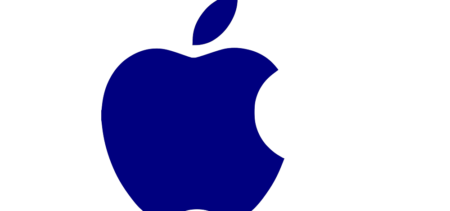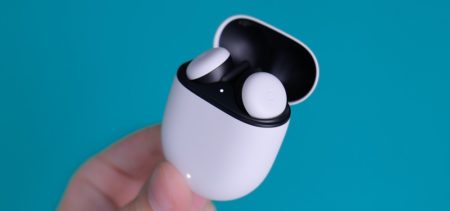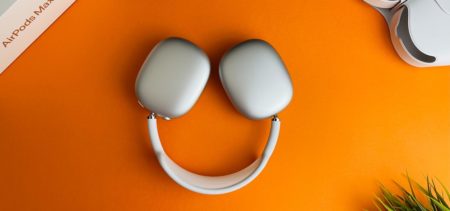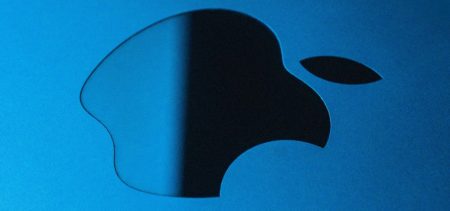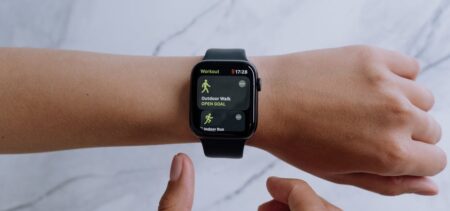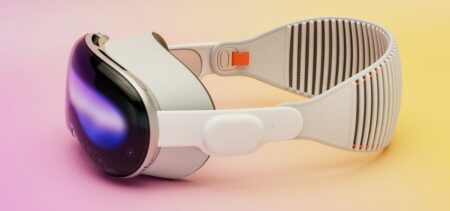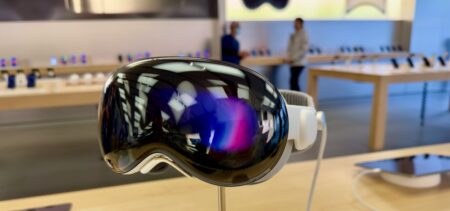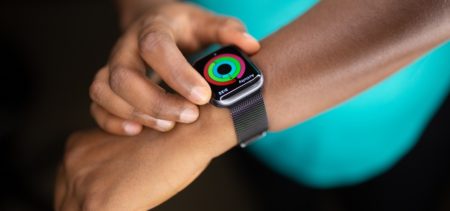At the beginning of 2017, IBM announced in a Press Release its 5 in 5 list. A list of five innovative technologies bound to change the world as we know it in the next 5 years – here’s an interesting reading. This tech giant reveals what tech innovation it has in progress.
Let’s summarize together the 5 in 5 and see what are the star technologies that should improve our lives by 2021.
1. Artificial Intelligence and one specific utility
Entitled “With AI, our words will be a window into our mental health” the first section concerns the way Artificial Intelligence would boost not only human intelligence, but human mental health.
With most of the AI’s applications today seemingly machine-oriented, this is an interesting take. Why AI in mental health care? Apparently the global cost of mental health care conditions could “surge to US$ 6.0 trillion by 2030”. These affections take up money, reduce the number of efficient, well performing people and increase the discomfort of many. Being able to detect risks early and take action in the preliminary stages would be of great help.
Due to the AI’s vast capacity of processing patterns and big data, potential patients could benefit from increased chances of early detection. Preventing, rather than treating, would therefore be possible. The four listed takeaways are:
- AI employment in speech analysis for mental illnesses detection and prediction;
- Written material analysis for the same purpose as above;
- Help coming from specially programmed cognitive assistants (sensors and smart software);
- Medical automated tools employment in mental health.
-
Hyperimaging and seeing the unseen
The second prediction concerns the next-gen wave of imaging devices. Opening up the electromagnetic spectrum as never before, these devices should be a truly superhero vision-enabler.
Just think of the fact that we only perceive less than 0.1 percent of the electromagnetic spectrum with our naked eye. The technologies that humans employ so far artificially increased our capacity. Yet they are expensive and extremely specialized, making them unavailable in most of the cases.
Combining hyperimaging with cognitive computing (hello again, AI!) mainly targets road or air traffic in difficult conditions.
The four takeaways here are:
- Driving would strongly benefit from the hyperimaging technology (combine this with autonomous cars, and let your imagination fill in the rest of the picture);
- Food would take the nutritional value to another level when analyzed with these imaging tools;
- Pharmaceuticals could stand the trial of hyperimaging scanners, in order to separate the genuine ones from the fraudulent ones;
- Gaming and hyperimaging would also make a good match, especially when thinking AR and VR.
-
Applying macroscopic technology into farming could revolutionize agriculture
Oh wait, let’s see first what is macroscope in IBM’s “language”. Macroscope means organizing “information about the physical world to help bring the vast and complex data gathered by billions of devices within the range of our vision and understanding”. How to do this? Of course, by the help of machine learning algorithms.
This would be a super-integration of all available data regarding a certain farm or culture – with anticipation thrown in the mix. Due to the fact that not only AI works with patters, but is capable of determining new patterns itself, predicting the weather for example should not be difficult. It only needs the right information coming from accurately calibrated sensors over a long enough period.
The key takeaways here are just three (yet extended way beyond the agriculture of the future):
- Macroscopes (think software tools now) would organize the huge amounts of data roaming the Internet of Everything;
- Industries would greatly benefit from this super-equations pointing out the correct availability and necessity figures on a global scale;
- Data search should get an amazing upgrade.
-
Tiny medical labs lodged on computer chips
Going to the other end of the size scale, the fourth technology concerns silicon chips. The general trend is to scale down all chip-included elements. This while increasing their capacity, their degree of “smartness” and the embedded software abilities.
One of the nanotechnology-related dreams links to healthcare. How about shrinking a full-scale biochemistry lab and managing to put it on a silicone chip? An infinite array of medical devices would benefit from such a breakthrough. Why not, perhaps also space travel teams.
The four takeaways of medical laboratories on a chip are:
- The ability to detect nanoscale-sized clues and take early health care action;
- More efficient, less invasive testing technologies;
- Accurately determining the contagious/non-contagious phases in patients;
- Improving the world of sensors and better integrating them into various devices (hello, continuous monitoring).
-
Sensing technologies employed in environment monitoring
We have unfortunately degraded the environment ourselves for hundreds of years now. Yet we need it in order to survive and thrive. Even in the modern world, despite the knowledge on this matter, humans seem incapable of putting a stop to pollution.
What IBM proposes with its last 5 in 5 technology is an increase in the capacity of intervention and response, via better and affordable sensing technologies. Of course, we still need the will to remedy the incurring or potential damages. Where there’s a will, there’s a way. A smart sensors way, in this case.
This could change the world by:
- Detecting pollution-inducing leaks, hard to spot in other ways;
- Delivering new insights by the use of AI on the sensor-gathered data;
- Building complex models that would help in further detecting pollutants;
- Crossing into health care and warning about air contaminants as a preventive measure in respiratory diseases.
Interpreting the 5 in 5 IBM tech innovation list
Although split in five mini-chapters, the technologies IBM predicts to change the world by 2021 basically consist of 2 main elements.
- High-tech, yet affordable sensors – they would feed any given system with huge amounts of data. They should act like a perceptive cluster for the machines.
- Artificial Intelligence would organize and interpret the information, delivering accurate results and perhaps even suggestions.
These two directions are most likely the ones adopted by IBM’s R&D teams. However, the company’s choice is not singular, since most tech giants directed their efforts in the same (or similar) areas. Therefore the 5 in 5 serves as a useful sample of where the tech world is heading to in the next 5 years.


